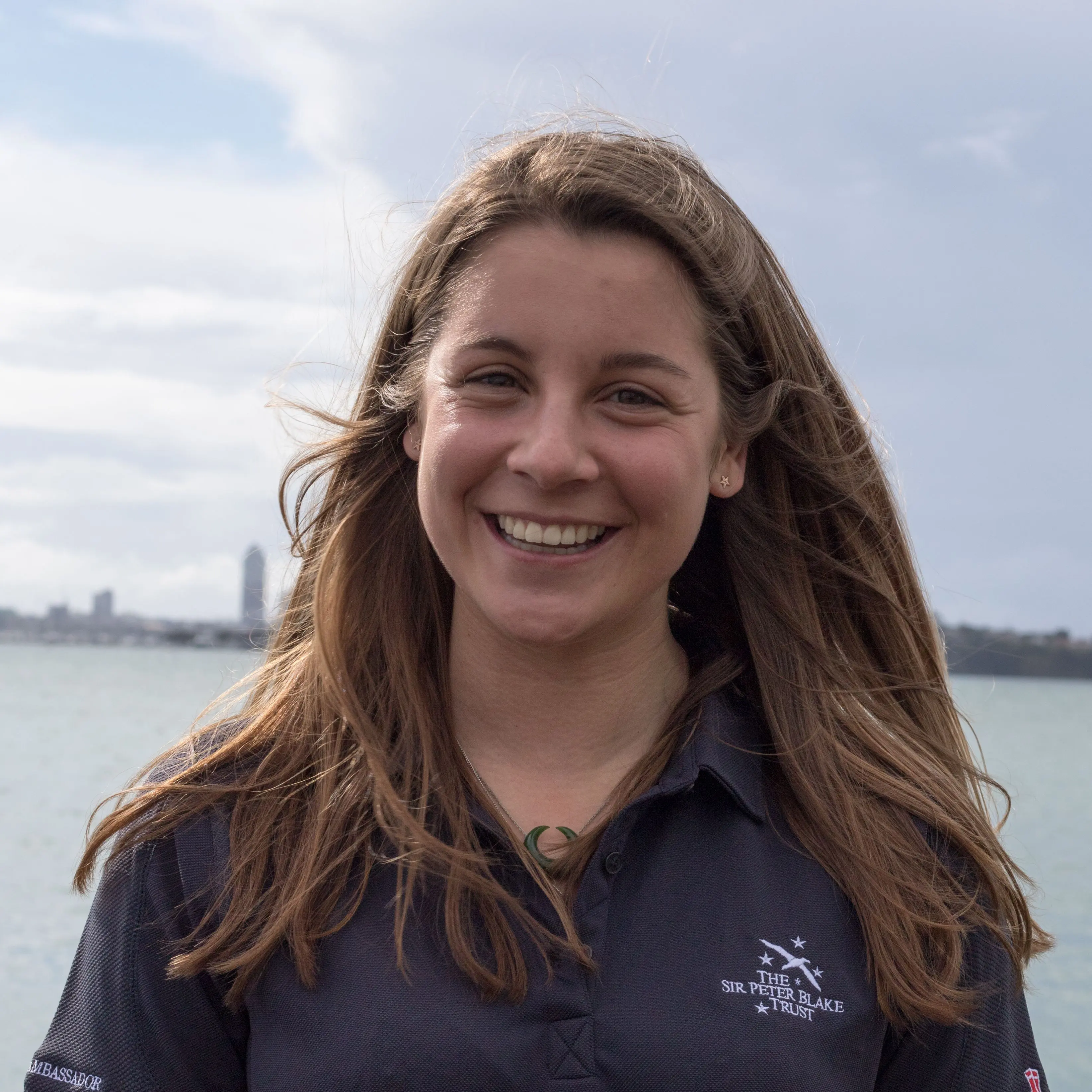We had a special visit today as we were greeted by a small pod of pilot whales, lazily turning through Tara’s bow wave. They curiously played before a quick flick of their tails sent them sinking head first to disappear into the depths.
Having spent a couple of days on board, we are now learning the ropes of the sailing life. During night watch with a seaman, we have the opportunity to learn the rich history of Tara and listen to the stories of each crew member. Many of their fascinations with the ship stemmed from a young age. The chief engineer Charli, sighted Tara in a French mariner at the age of 19 and has chased the ship since, now finally able to fulfil her dream of working on the schooner. She views her long awaited position on Tara as an example that “through hard work and persistence you can reach your dreams”. With many adventures to share, my favourite is when she turned off all the electronics and sailed across the Atlantic navigating only by starlight.
Francois’ skin, like the rest of the crew, is dark and tanned from a life on deck. He is chief of deck, but also has a sharp eye for photography and filming with a lot of his drone footage used for Tara promotion. We just celebrated his 57th birthday yesterday on board. He is an amusing character, always joking and the first to start a tea towel war. Before sailing, he was a surfboard shaper in a small shop on the coast of France and can still flick a loose, double shaka with a heavy French “Hang Ten”! He has called Tara home for ten years, during which time she has taken him all across the world. His stories are filled with humpback whale calves, large reef sharks, extraordinary fish and navigation through icebergs. He has incredible footage from swimming amongst a mega pod of eagle rays, all launching out of the water in a hilarious attempt to fly. After dinner, he pulled out some scrolls of special paper bought from Japan when Tara had visited. Each contained print reliefs h e had made of fish and octopuses from around the world. Just as Japanese fishermen did in the past, he records his catch on parchment using this traditional art of Gyotaku, with even the smell still faintly embedded. Sometimes he adds colour and paint to the print, bringing the fish to life.
Without a permit in the Caribbean, sample collection is currently on hold and we eagerly await our arrival in American waters to continue. This has allowed us to fully exploit the time of the two American scientists on board, Cael and Tom, who are no doubt overwhelmed by my persistent line of questioning. Aerosol samples allow us to monitor air quality, with samples taken for both microscopy and chemical analysis. The blackened filter paper from passing Panama City is contrasted with the white, pristine samples taken from the middle of the Caribbean Sea. This provides a confronting and immediate view of the pollution occurring.



